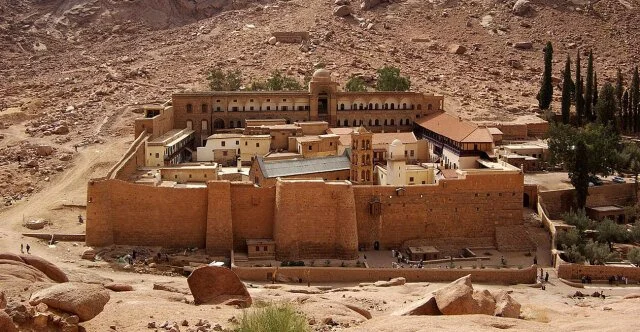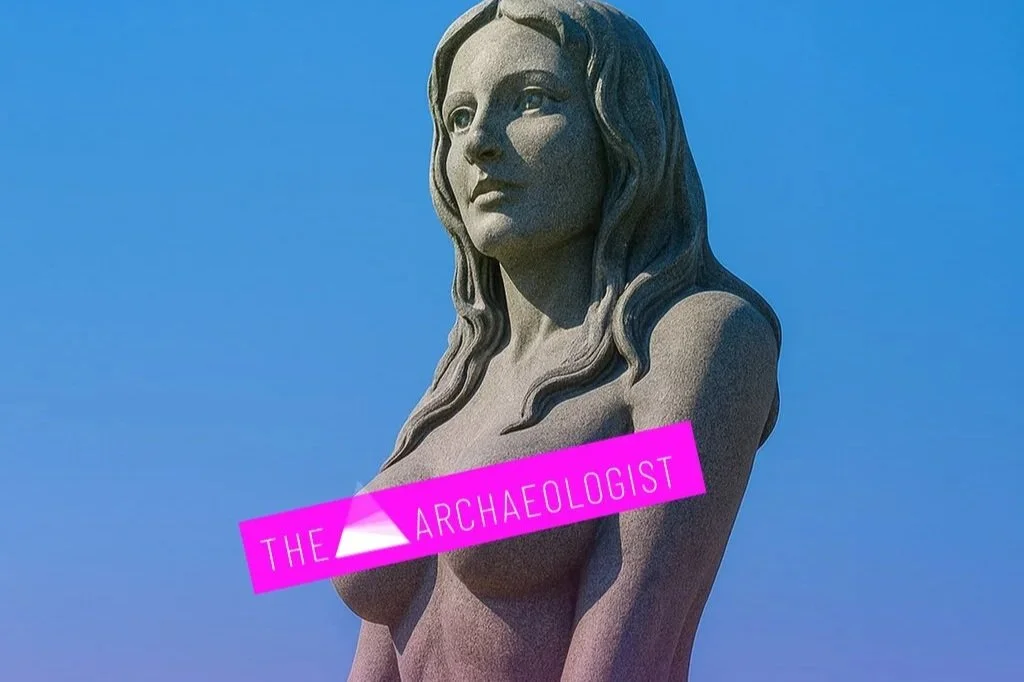A public dispute has broken out in Denmark over a large mermaid statue set to be removed after critics labelled it “ugly,” “pornographic,” and an unrealistic male fantasy of the female body.
The 4x6 metre granite work, known as Den Store Havfrue (“the Big Mermaid”), currently stands at Dragør Fort, part of Copenhagen’s historic sea defences. According to reports, the Danish Agency for Palaces and Culture has decided it does not suit the 1910 landmark’s cultural heritage, prompting its removal.
Art critic Mathias Kryger, writing in Politiken, called the sculpture “ugly and pornographic.” Sorine Gotfredsen, a priest and journalist for Berlingske, argued that a statue representing a man’s idealised female form undermines women’s ability to feel comfortable with their own bodies. She welcomed the backlash, saying it was healthy to reject what she described as vulgar and oversexualised depictions of the female form in public spaces.
The sculptor, Peter Bech, rejects these criticisms, insisting the mermaid’s proportions simply match the work’s overall scale. Some commentators suggest the controversy reflects wider societal discomfort with women’s bodies, rather than an inherent problem with the statue. Berlingske debate editor Aminata Corr Thrane likened the focus on the mermaid’s chest to body shaming, questioning why public depictions of bare breasts must conform to certain “approved” shapes and sizes.
Corr Thrane noted that, compared to the world-famous Little Mermaid statue, Bech’s creation is actually “less naked” but has larger breasts, which she suspects is the real source of contention. She suggested the two statues might symbolise opposing cultural ideals about womanhood—and the tension over defining what is “right” or “wrong” in female representation.
The Big Mermaid was first installed in 2006 near the Little Mermaid on Langelinie Pier but was moved in 2018 after being dismissed by locals as “fake” and “vulgar.” It later found a home at Dragør Fort until the agency requested its removal in March. Dragør municipality has also turned down Bech’s offer to donate the work, saying it takes up too much space.
Bech says the statue was created as a response to tourist complaints that the Little Mermaid was too small. He claims many Dragør residents admire his sculpture and hopes to keep it in the town. The Danish Agency for Palaces and Culture has not commented on the dispute.








































































